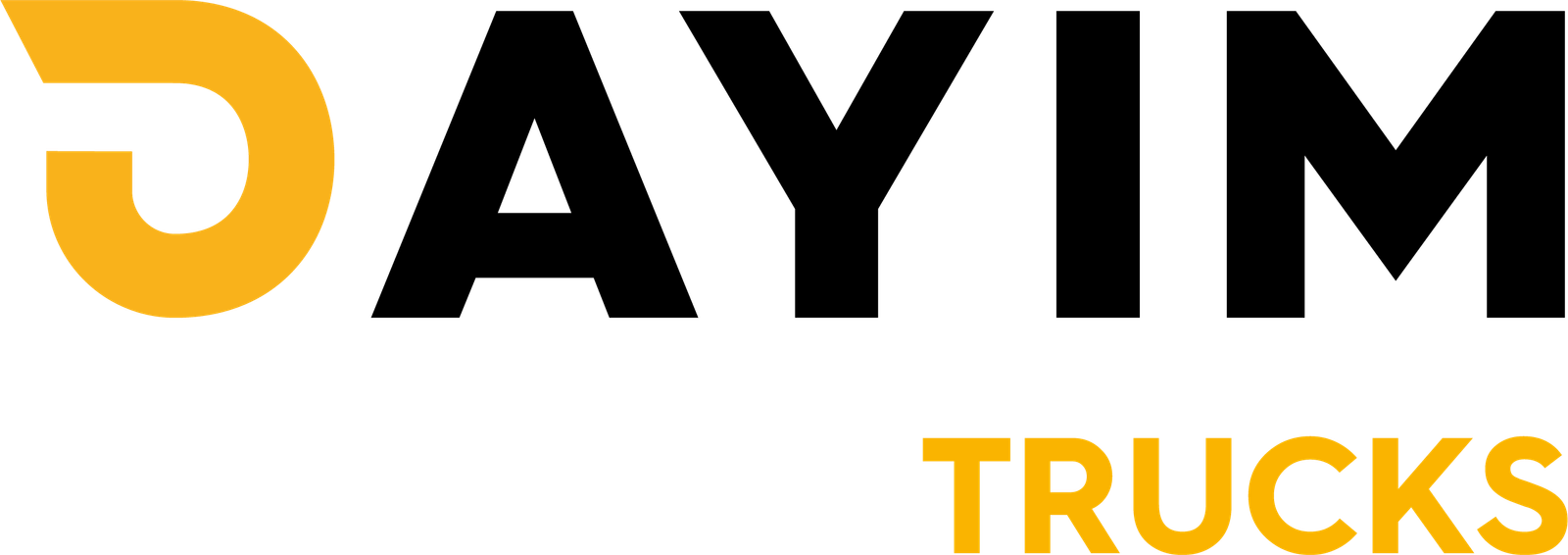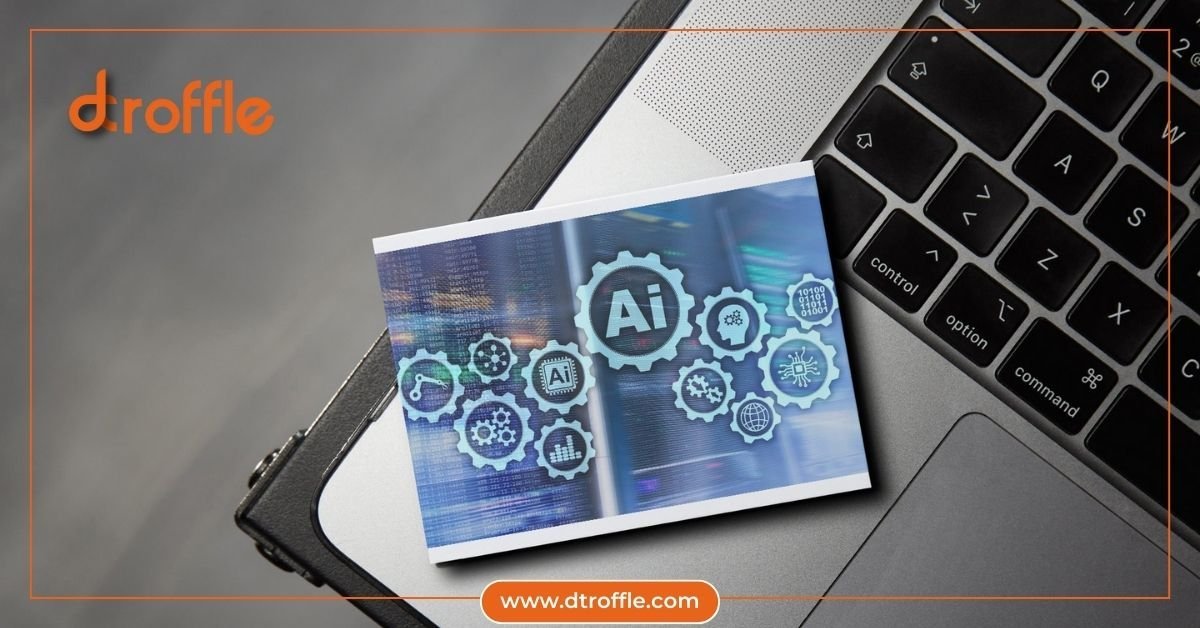In today’s fast-paced digital world, one of the most valuable assets a business can have is brand awareness. Whether you’re a startup or an established company, knowing how to boost brand awareness can determine your long-term success. It’s not just about getting noticed, it’s about being remembered and trusted.Let’s explore everything you need to know to supercharge your brand’s visibility and credibility in 2026.
Understand What Is Brand Awareness?
Brand awareness is the degree to which consumers recognize and recall your brand. It represents how familiar people are with your logo, messaging, product, or service.There are two primary types:
- Aided awareness: When someone recognizes your brand from a list.
- Unaided awareness: When your brand comes to their mind first in a category (e.g., “Nike” when thinking of athletic shoes).
Importance of Brand Awareness in Business Growth
Here’s why boosting brand awareness matters:
- Increased trust: People are more likely to buy from brands they know.Higher conversion rates: Familiarity shortens the decision-making process.Competitive advantage: Strong awareness differentiates you from the competition.Customer loyalty: Consistent exposure leads to emotional connection. Creating a Distinct Brand IdentityCrafting a Memorable Logo & Visual Identity
Your logo, color palette, and design elements should evoke emotions and reflect your mission. Consistency across your website, social media, and packaging is key to building recognition.
Example: Think of McDonald’s golden arches or Coca-Cola’s red.
Building a Strong Brand Voice and Messaging
Are you fun and quirky like Wendy’s or inspirational like Dove? Your tone should align with your audience’s values. Ensure your messaging is clear, concise, and used consistently across channels.
Leveraging Content MarketingBlogging for Brand Authority
Creating valuable, informative blog content helps establish your brand as a thought leader. Topics should address your audience’s pain points and offer solutions.
Guest Posting & Collaborations
Partnering with other industry blogs expands your reach. When you post content on a reputable site, it boosts both awareness and SEO authority.
Mastering Social Media PresenceChoosing the Right Platforms
You don’t need to be everywhere. Focus on where your audience spends time:
- LinkedIn: B2B professionalsInstagram/TikTok: Gen Z and MillennialsFacebook: Broad age demographics
Consistency and Engagement Tactics
Post regularly, respond to comments, and use a mix of content (images, videos, polls). Brands that engage build communities, not just followers.
Using Influencer MarketingMicro vs Macro Influencers
- Micro-influencers (10k–100k followers) offer high engagement and niche audiences.Macro-influencers (100k–1M+) provide larger reach but often cost more.
Building Trust through Authenticity
Collaborate with influencers who genuinely align with your brand values. Their endorsement should feel organic, not forced.
Implementing SEO StrategiesOptimizing On-Page Content
Ensure every blog, product page, or landing page is optimized with relevant keywords like “how to boost brand awareness” and LSI alternatives.Checklist:
- Use meta descriptionsAdd internal/external linksWrite keyword-rich headings
Building High-Quality Backlinks
Backlinks from authoritative sites signal trust to search engines. Create content worth linking to, such as guides, case studies, or infographics.
Running Strategic Paid CampaignsGoogle Ads & Display Network
Target branded and non-branded search queries. Visual banner ads across Google’s Display Network can generate massive visibility.
Social Media Ads Targeting Brand Reach
Use Facebook, Instagram, and LinkedIn’s brand awareness ad objectives. Focus on impressions and video views to increase exposure.
Building an Email Marketing FunnelWelcome Sequences and Value Content
First impressions matter. A welcome email series should:
- Introduce your brandOffer value (e.g., discount, eBook)Share brand story Consistent Branding in Emails
Use your logo, colors, and voice in every email. Over time, subscribers will recognize and anticipate your emails.
Partnering with Other BrandsCo-Branding Campaigns
Team up with complementary brands to create joint campaigns. Both audiences get introduced to each other’s offerings.
Example: Spotify + Starbucks playlist collaborations.
Event Sponsorships & Cross-Promotions
Sponsor relevant industry events or run giveaways with similar brands to double your reach.
Hosting or Attending EventsOnline Webinars & Conferences
Host educational webinars or panels with experts in your niche. It positions you as a leader while expanding reach.
Community Engagement through Offline Events
Attend trade shows or community events to connect face-to-face with potential customers. Give away branded swag for added recall.
Creating Shareable ContentViral Marketing Techniques
Make content people want to share, emotional videos, funny memes, or unique experiences.
Leveraging Memes and Interactive Content
Use pop culture references and tools like quizzes or polls. Humor and entertainment drive sharing.
Leveraging Public Relations (PR)Getting Media Coverage
Reach out to journalists with press releases or story ideas. Getting featured in media boosts credibility and visibility.
Publishing Press Releases
Announce product launches, partnerships, or milestones. Use platforms like PR Newswire to distribute them widely.
Encouraging User-Generated Content (UGC)Social Proof and Customer Advocacy
Encourage users to post photos, reviews, or videos. Repost their content to build trust and community.
Running Hashtag Campaigns
Create a branded hashtag challenge. UGC campaigns increase engagement and reach organically.
Measuring Brand Awareness MetricsKey KPIs to Track
- Direct trafficSocial media mentionsBranded search volumeShare of voice (SOV)
Using Analytics Tools
Tools like Google Analytics, Brandwatch, or SEMrush help you track visibility, engagement, and mentions over time.
Common Mistakes to AvoidInconsistent Messaging
Saying one thing on Instagram and another on your website confuses your audience. Keep messaging consistent.
Ignoring Customer Feedback
Customers often provide gold-listen and adapt. Feedback helps improve your reputation and awareness.
Real-Life Examples of Brand Awareness SuccessCase Study: Nike’s “Just Do It”
A three-word slogan turned into a global movement. Nike consistently aligns its brand with empowerment and performance.
How Airbnb Grew Through UGC
Airbnb leveraged customer photos and stories in their campaigns—building trust through real experiences.
Final Tips to Sustain Long-Term AwarenessStay Agile with Trends
Adapt quickly to trends, especially on social media. Jumping on viral trends (when appropriate) keeps you relevant.
Focus on Relationship Building
Long-term awareness isn’t about flashy campaigns. It’s about building relationships and delivering consistent value.
FAQs About Boosting Brand Awareness1. How long does it take to build brand awareness?
Ans: It depends on your strategy, industry, and budget. With consistent effort, noticeable results can show in 3–6 months.
2. Is social media essential for brand awareness?
Ans: Yes, it offers massive reach and engagement opportunities, especially when paired with the right content and consistency.
3. How does SEO help with brand awareness?
Ans: SEO helps your brand appear in search engine results, increasing visibility and credibility over time.
4. Can small businesses compete with big brands?
Ans: Absolutely. With creative content, niche targeting, and authentic engagement, small brands can stand out.
5. What’s the most effective brand awareness strategy?
Ans: There’s no one-size-fits-all. A mix of content marketing, social media, PR, and paid ads often works best.
6. Should I invest in paid ads to boost awareness?
Ans: Yes, especially in the beginning. Paid ads can jumpstart visibility while you build organic strategies.
Conclusion
Boosting brand awareness isn’t a one-time event-it’s an ongoing journey. By consistently showing up, offering value, and building relationships, your brand can become a trusted and recognizable name in any industry.Stay authentic, track your progress, and adapt as you grow. Your audience is out there-they just need to know you exist.
Also Read:





